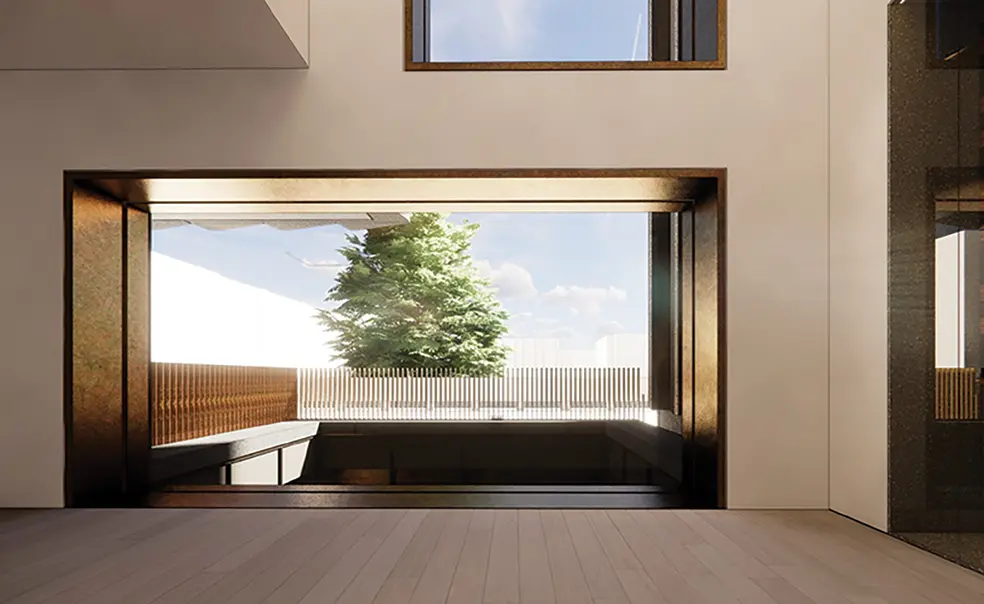A Redwood Tree Has Been Growing in Princeton for 76 Years
A large window in the new Princeton University Art Museum will frame the redwood tree
Just about the time members of Princeton’s Class of 1964 were born, the world learned that Metasequoia glyptostroboides — also known as the dawn redwood tree — was not extinct. In fact, far from extinct, today it is growing rapidly in its effort to outrace the new Art Museum and become the tallest tree on campus.
Until the early 1940s, botanists believed the tree’s existence during the previous 100 million years could only be known through fossil records, and even after decades of additional research, still couldn’t reckon with a chronological and geographical 15-million-year gap.
But according to Harvard’s Arnold Arboretum, “a forester, Zhan Wang took samples from a mysterious stand of trees deep in a valley in the Hubei province of central China,” and in 1946, Professor Hsen Hsu Hu of the Fan Memorial Institute of Biology in Beijing — the first person from China to receive a doctorate in botany from Harvard — and colleagues announced the Metasequoia “had not gone extinct after all ... . It was alive and well and living in western Hubei province.”
A flurry of detailed articles, including a series by the San Francisco Chronicle, followed, describing ancestors that had lived with the dinosaurs. It became recognized as the only living species in its genus, hence a “living fossil.”
Seeds and saplings were obtained and made available to institutions, arboreta, and botanic gardens around the world through Harvard’s arboretum. James Clark, Princeton’s grounds superintendent, was among the first recipients, and in 1948 he successfully planted the immigrant trees from China between the old Art Museum and Prospect House. Fourteen others were planted near Lake Carnegie.
A deciduous tree, Princeton’s superb Metasequoia continues its seasonal changes as it grows and flourishes, almost as if in a contest with the museum’s equally rapid and visible changes. This spring and summer it will be lush, full, and green, and its height continues to grow at a fast pace, averaging two feet per year — it was officially declared 123 feet high a few years ago.
In an illustrated presentation, Art Museum Director James Steward explained that large windows will be sprinkled throughout many of the seven “blocks” or individual buildings that will make up the new physical museum complex. These carefully planned and constructed “windows to the outside” are located in such a way that — from inside — visitors to the museum will find “multiple large geometrically-shaped windows, or ‘lenses’” from which to see the surrounding nature.
Apparently one of these “lenses” to the outside will frame (with Prospect House for background) a magnificent, full-bodied view of the resuscitated “living fossil,” the 76-year-old ever-changing immigrant from China — the Metasequoia glyptostroboides of the family Cupressaceae.
By the time the Class of 1964 arrives for its 60th reunion, Jared Flesher, a communications specialist in the Office of Sustainability, believes he will have accurate numbers that will clearly crown the dawn redwood the tallest tree on campus.
Peter Janos Kurz ’64 is a professional writer, translator, and photographer who recently returned to New Jersey.












No responses yet